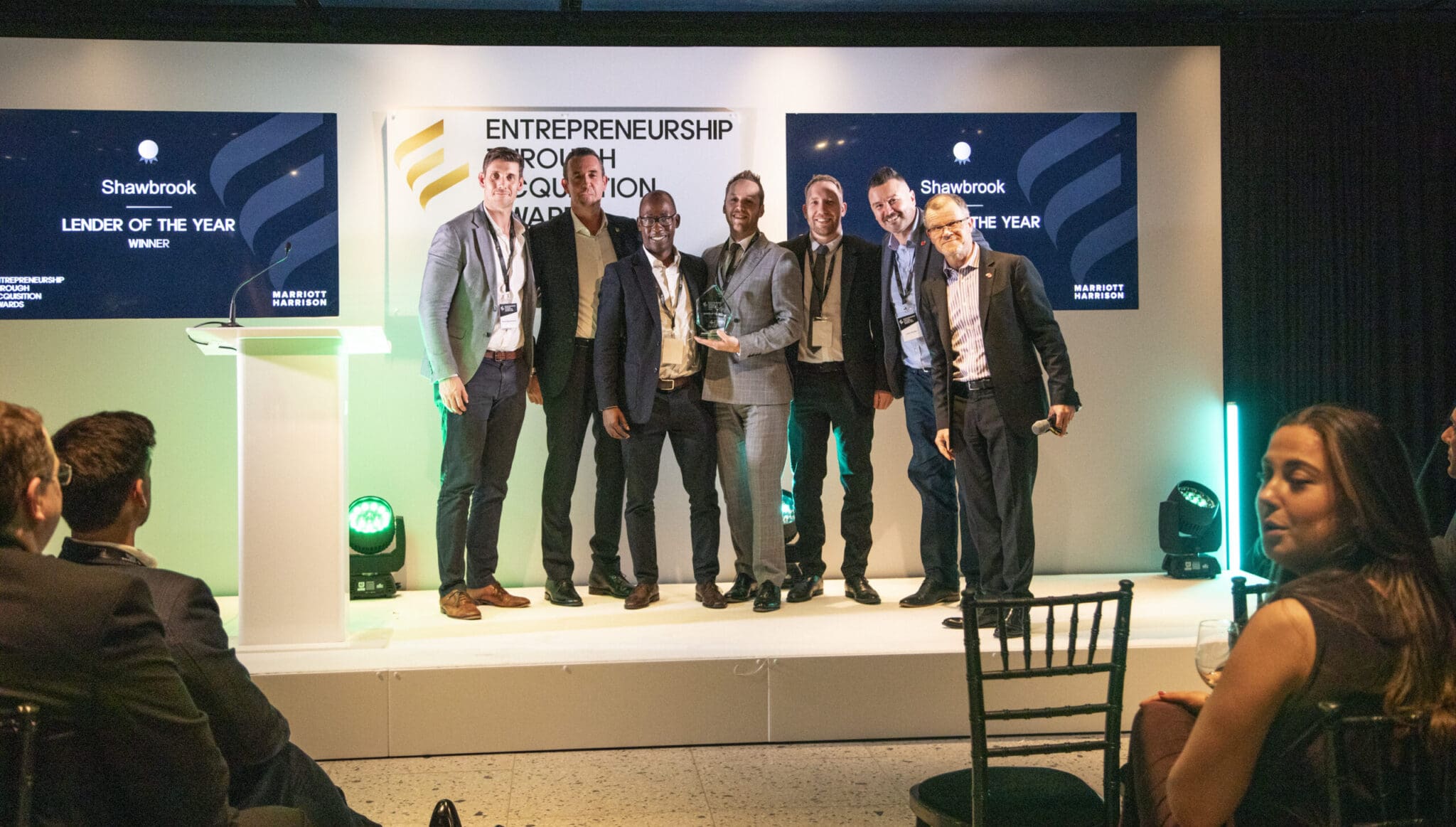Writing a winning award entry
As we approach award season, the task of writing award entries is here. Whilst this can feel like an arduous task, often the process can be enjoyable as it serves as a useful, and important, reminder of the successes you’ve had over the past 12 months.
It can be enticing to enter all categories, however, focusing time and energy on creating a smaller and specifically targeted set of award entries helps give them the time and energy that they each require. This is especially useful if you have a relatively lean operation and can’t rely on external writers to produce your entries, and a focused and objective approach will ensure your entry speaks directly to the specific characteristics of the deal category you are chasing.
If you have a single deal to submit, then absolutely look for each relevant category that it can be submitted for. However, if you are lucky enough to have a few deals available, think about the categories where you have a realistic chance of securing a place on the shortlist (and a potential win), and focus your writing with that category in mind. Make sure that you take some time to read the award descriptions, so that you can identify the specific things judges are looking for.
Where to start
It can help to list relevant characteristics in the award description, followed by some bullet points next to each on how your deal meets these characteristics. This will make sure that when writing the full entry, you’ve covered all the key points. Once you are comfortable, the real work starts in shaping a compelling narrative against which you will have a handy checklist to reference when it comes to submitting the entry.
Write a snappy, attention-grabbing headline: This should succinctly articulate what makes this deal unique or interesting, peaking the judges’ attention and getting them to read more. At most it should be a couple of lines, but the fewer words and more impactful (focusing on value creation) the better.
What are the facts: This is a useful section to give the judges a flavour of the characteristics of the deal, and to ensure that it meets the entry criteria. Questions to answer are: What was the deal? Who was involved? What equity and debt were secured? What was the deal quantum? What was the timeline? Whether you want to write that out in full, or use bullets to help break it down is up to you.
Demonstrate excellence: Whilst every deal is unique, there are often some key moments, challenges or successes that stand your deal apart from everyone else’s. These are the golden nuggets that the judges will look for, so make them easy to find. This is where the art of storytelling comes in. For every story, it is important to consider the audience and what they are looking for, and is an opportunity to showcase the unique tone of voice and values of your business
What were the unique challenges? How did you approach them? What innovation or creative thinking – specific to how your business functions – helped you overcome them?
Who supported the transaction: This is the section to list out the various counterparties that helped you get the deal done and put their name up in lights, showcasing the value of professional collaboration and partnership. Advisers, Brokers, Banks, Investors. If you really want to build the best case possible, perhaps ask if they’d be willing to enter as well, or possibly provide a testimonial.
Format
In terms of format, the award organisers may have a specific format to follow, and often this is a Word document. If not, breaking the submission into the following headings and writing about 350-500 words for each (if required), should be sufficient:
- Deal headline
- Deal specifics
- What makes this deal stand out?
- How did you show innovation, creative thinking or solve a challenge in a unique and different way?
- Who supported the transaction?
How to maximise the visibility of your submission
The judging process is often overseen by practitioners within your sector or industry. In many cases, this means that there are crossovers in things like professional social media networks, and sources of information like publications and news sites. Once the award has been submitted, think about what you can do to leverage this network to get some weight behind your submission. This can include:
- If you have a LinkedIn profile or page, consider posting a deal spotlight and encourage your network to engage or share it. High engagement could help to get the deal in front of potential judges.
- If you’ve worked with counterparties, consider asking them to also put in a nomination for you. There is nothing stopping multiple counterparties putting in nominations for the same deal in the same categories. The more people talking about the deal, the higher the chances of success.
- Consider putting out a press release to secure media coverage for your deal. You can either do this individually, or you can do it in partnership with counterparties involved in the transaction, for instance the funder, who may have a larger media reach. If there is media coverage, include links to it in your award submission to show its news and noteworthiness.
Most of all, have fun in the process! If nothing else, it can be a great exercise to revisit your success. Save a copy to your computer, and once in a while take a read to remind yourself of what you’ve achieved, and/ or circulate it internally as an example of how you delivered for customers and clients. And, fingers crossed for you on the night if you’re entering the ETA Awards in 2024…

Let’s get started
Contact page
Contact Us




